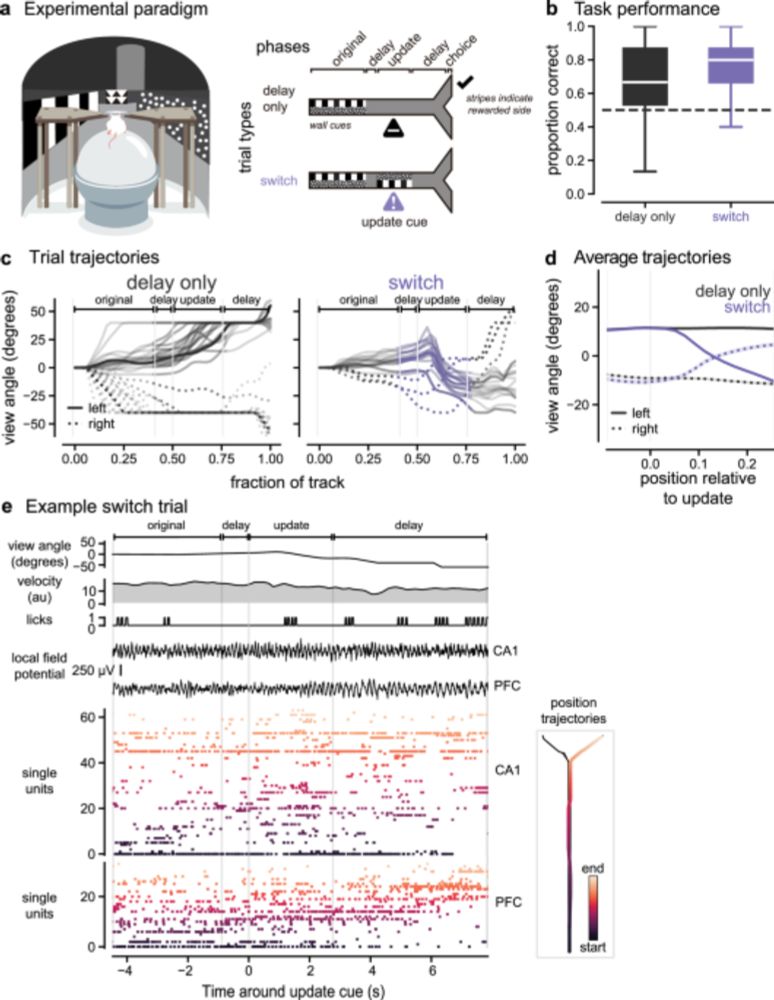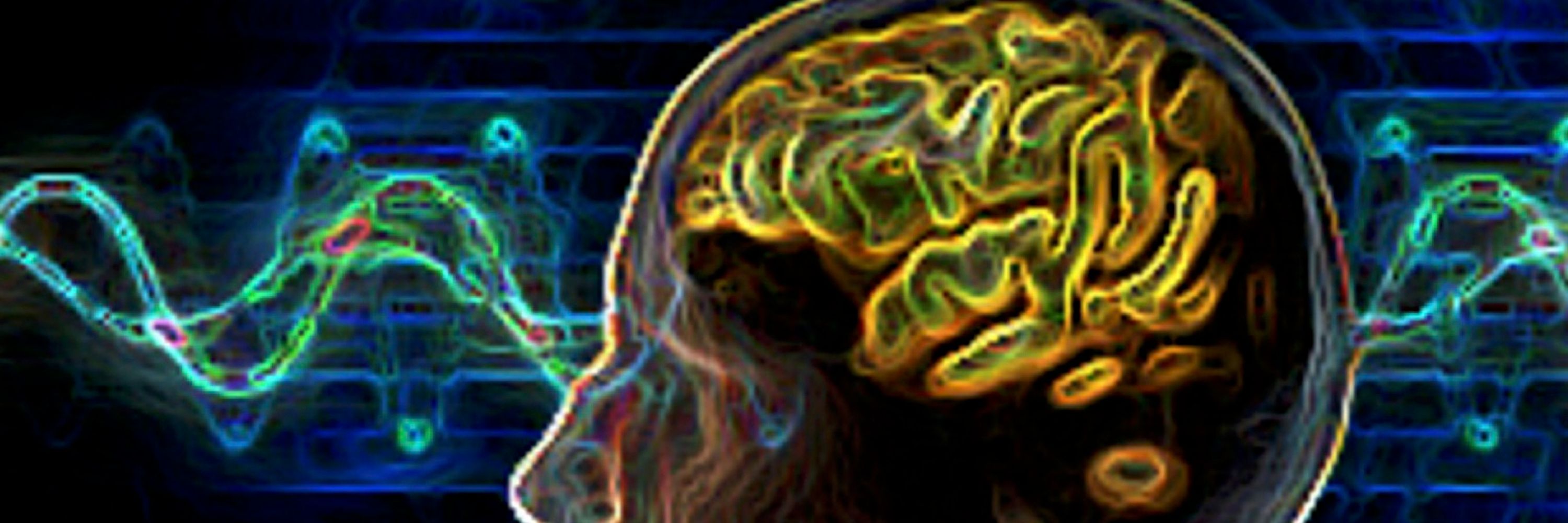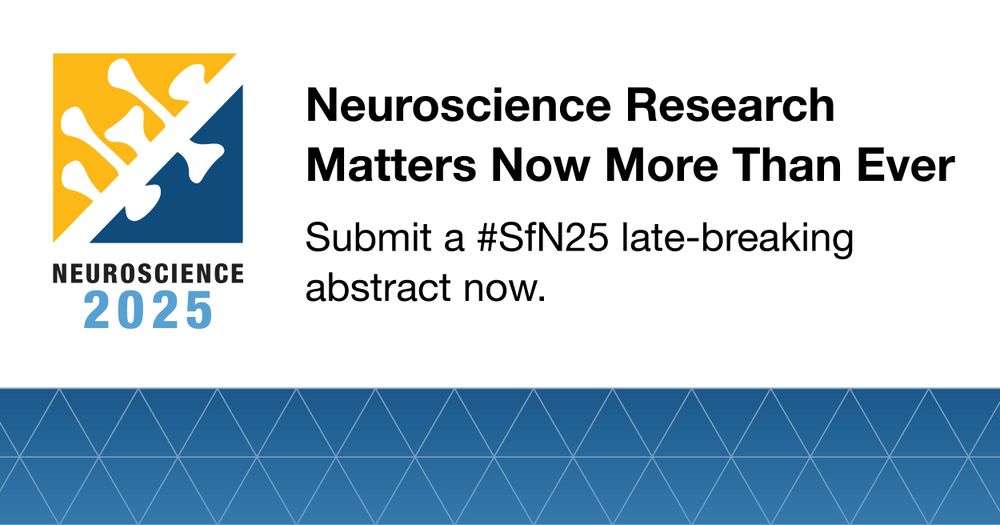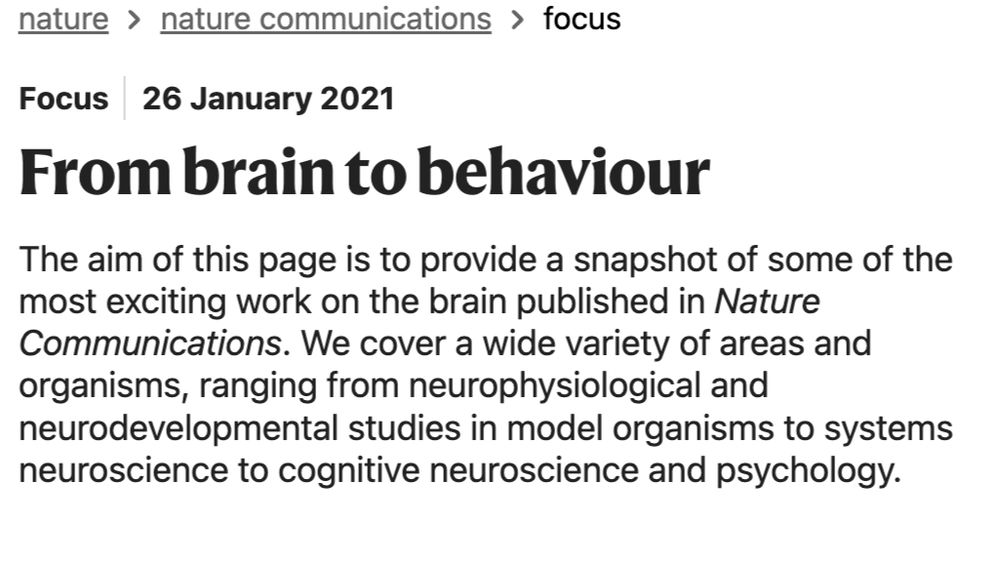Annabelle Singer
@drannabellesinger.bsky.social
240 followers
380 following
43 posts
Neuroscientist & Neuroengineer at Georgia Tech and Emory. Learning, memory, and memory impairment in disease, oh my.
Posts
Media
Videos
Starter Packs
Reposted by Annabelle Singer
Reposted by Annabelle Singer
Reposted by Annabelle Singer
Steph Prince
@stephmprince.bsky.social
· May 27

New information triggers prospective codes to adapt for flexible navigation - Nature Communications
Neural mechanisms underlying flexible navigation are not fully understood. Here authors reveal how neural circuits dynamically adapt navigational plans in response to new information. Hippocampal circ...
www.nature.com


















